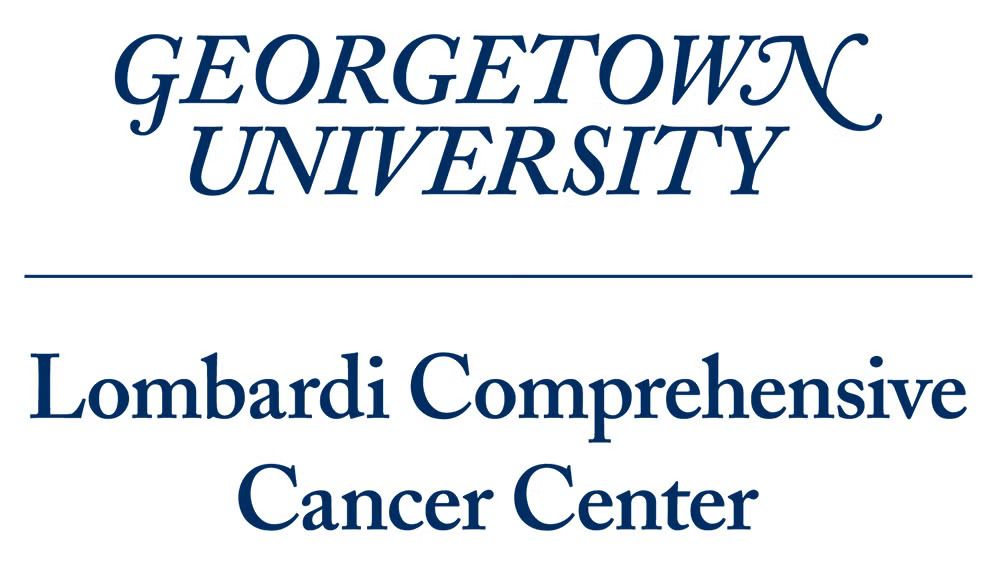
Triple-Negative Breast Cancer Treatments Continue to Evolve

Beyond single-agent chemotherapy, few effective treatment options are available for metastatic triple-negative breast cancer (TNBC), according to Candace Mainor, MD, but several approaches comprised of immunotherapy, antibody-drug conjugates (ADCs), and PARP inhibitors are shifting standards of care and eliciting impressive response rates in heavily pretreated patients.
Beyond single-agent chemotherapy, few effective treatment options are available for metastatic triple-negative breast cancer (TNBC), according to Candace Mainor, MD, but several approaches comprised of immunotherapy, antibody-drug conjugates (ADCs), and PARP inhibitors are shifting standards of care and eliciting impressive response rates in heavily pretreated patients.
“There are some exciting new therapies for the treatment of both early and metastatic disease. In the early setting, we see that the addition of immunotherapy to neoadjuvant chemotherapy can improve the pathologic complete response [pCR] rate, regardless of PD-L1 status,” said Mainor. “In the metastatic setting, we have seen how ADCs have improved progression-free survival [PFS] and overall survival [OS] in a patient population that has historically had few treatment options available besides single-agent chemotherapy.”
The phase 3 IMpassion130 trial showed that the addition of the PD-L1 inhibitor atezolizumab (Tecentriq) to nab-paclitaxel (Abraxane) resulted in a 40% reduction in the risk of progression or death versus nab-paclitaxel alone in patients with metastatic TNBC.1 Moreover, the combination resulted in a clinically significant improvement in OS in a subset of patients with PD-L1 positivity, according to Mainor. These data led to the March 2019 FDA approval of the combination for those with unresectable locally advanced or metastatic PD-L1—positive TNBC.
The addition of ADCs has also generated excitement in the field, according to Mainor. Results from the phase 3 ASCENT trial showed that the ADC sacituzumab govitecan-hziy (Trodelvy) improved PFS versus standard-of-care single-agent chemotherapy, at 5.6 months versus 1.7 months, respectively (HR, 0.41; P < .0001).2 Sacituzumab govitecan also resulted in improved median OS versus chemotherapy, at 12.1 months and 6.7 months, respectively (HR, 0.48; P < .0001) and a more favorable overall response rate, at 35% and 5%, respectively (P < .0001). These data led to the April 2020 accelerated FDA approval of the agent in patients with TNBC who have received at least 2 prior lines of therapy for metastatic disease.
Although the role for PARP inhibition in the neoadjuvant setting remains unclear, data from the phase 3 OlympiA trial are anticipated to shed light on the benefit of this approach in the adjuvant setting. “Overall, [investigators] have been looking at PARP inhibitors in the early setting, particularly in the neoadjuvant setting,” said Mainor. “However, to date, there is no clear role for the use of PARP inhibition with chemotherapy in that setting. It'll be interesting to see whether there's a role for PARP inhibition in the adjuvant setting.”
In an interview with Oncology Nursing News' sister publication, OncLive, during the 2020 Institutional Perspectives on Cancer webinar on Breast Cancer, Mainor, a medical oncologist specializing in the diagnosis and treatment of early and metastatic breast cancer at MedStar Georgetown University Hospital, discusses novel approaches that are generating excitement in metastatic TNBC.
OncLive®: What does the current standard of care for TNBC look like?
Mainor: The current standard of care for early TNBC includes neoadjuvant chemotherapy, usually with dose-dense anthracycline and cyclophosphamide followed by a taxane. Then, patients go on to complete their local therapy with surgery and radiation. However, at the time of surgery, if residual disease is noted, we now [prefer] that those patients go on to receive additional therapy, either [through] a clinical trial or with [adjuvant] capecitabine [based on] the CREATE-X data. In the metastatic setting, the current standard of care is still sequential single-agent chemotherapy; however, ADCs such as sacituzumab govitecan are quickly changing the field.
What was the significance of the IMpassion130 trial? How did it impact the standard of care for metastatic disease?
This trial was exciting. In this study, patients with metastatic TNBC were randomized to receive either atezolizumab plus nab-paclitaxel or placebo and nab-paclitaxel. They continued treatment until either disease progression or unacceptable toxicity. In the study, we saw prolonged PFS in the group who received atezolizumab/nab-paclitaxel compared with those given placebo/nab-paclitaxel.
In addition, we believe there is likely a clinically meaningful survival advantage in the patients who are PD-L1 positive. However, we note that formal testing of OS in this population was not able to be completed due to the prespecified statistical analysis planned for this study. Based on these data from IMpassion130, patients whose tumors are positive for PD-L1 are going on to receive atezolizumab and nab-paclitaxel in the first-line setting.
ADCs have emerged as a key development for those with metastatic disease. Could you speak to the promise of sacituzumab govitecan?
ASCENT was a phase 3 study in which patients with metastatic TNBC whose disease had progressed through 2 lines of chemotherapy were randomized to either sacituzumab govitecan or single-agent chemotherapy. In the study, we saw a marked improvement in PFS in addition to OS and response rate. The safety profile of this drug is known from the previous phase 1/2 studies and no new safety signals were observed.
What are the next steps for these agents?
ADCs, as a whole, offer promising and exciting treatments for patients with TNBC, particularly in the metastatic setting, since the main treatment options are still single-agent sequential chemotherapy. We've seen exciting results from sacituzumab govitecan, and in reference to ladiratuzumab vedotin (SGN-LIV1A), early phase 1 data have shown an impressive response rate in a heavily pretreated population. Fleshing out these data in confirmatory studies and in phase 3 studies is the best next step for research.
PARP inhibitors are also under exploration. Could you speak to the objectives of the phase 3 OlympiA trial? Do you believe these agents will have a role in the adjuvant setting?
In the phase 3 study, [investigators are] looking at the use of PARP inhibitors in the post-neoadjuvant or adjuvant setting. In this trial, patients who have germline BRCA mutations and who have received all of their neoadjuvant or adjuvant systemic therapy and local therapy will then be randomized to olaparib (Lynparza) for 12 months versus no olaparib. The whole [goal] is to see whether there is any improvement. The primary end point for that study is invasive disease-free survival.
What are some of the promising PARP combinations under investigation?
To date, PARP inhibitors are indicated for patients with metastatic TNBC who have deleterious or suspected deleterious germline BRCA mutations and HER2-negative disease. Two PARP inhibitors are approved for use, [and they offer serve as] another treatment option for patients. The combination of PARP inhibitors plus immunotherapy could be an exciting [area of research]. We believe that PARP inhibitors alter the tumor microenvironment and may have some synergy with immunotherapy.
What challenges remain in TNBC?
Patients with this disease, particularly those with metastatic TNBC, still have a poor prognosis. The therapies that are available, particularly the chemotherapy [regimens], still offer a short PFS.
Anything that can be done to improve the targeted therapies and improve those outcomes is important. In addition, identifying biomarkers that will help [determine] who will benefit from which therapies and at which point in their treatment schema is important to improve the survival of these patients.
References
1. Schmid P. IMpassion130: Results from a global, randomised, double-blind, phase 3 study of atezolizumab (atezo) + nab-paclitaxel (nab-P) vs placebo + nab-P in treatment-naive, locally advanced or metastatic triple-negative breast cancer (mTNBC). In: Proceedings from the 2018 ESMO Congress; October 19-23, 2018; Munich, Germany. Abstract LBA1_PR.
2. Bardia A, Tolaney SM, Loirat, et al. ASCENT: a randomized phase III study of sacituzumab govitecan (SG) vs treatment of physician’s choice (TPC) in patients (pts) with previously treated metastatic triple-negative breast cancer (mTNBC). Presented at: 2020 ESMO Virtual Congress; September 19-21, 2020; Virtual. Accessed October 29, 2020. https://bit.ly/2HPRzqQ
Newsletter
Knowledge is power. Don’t miss the most recent breakthroughs in cancer care.




















































































